When Texas ranchers returned home after the Civil War, they learned the old ways of cattle ranching were gone forever.

The enslaved men who had tended their herds before the war had left and their cattle had scattered across the open range.
The market for beef had changed, too.
Markets in the South had collapsed — people were broke — but demand for beef in the North was surging.
These changes brought an opportunity to get back on their feet for ranchers who could adapt.

They realized that, if they could round up their cattle…
…and get them north about six hundred miles, to rail-heads in Kansas, Colorado and Missouri…

…their herds could be put on trains to stockyards in St. Louis and Chicago and other points east.

And big money would come rolling in, making the hardships of such a venture worthwhile.

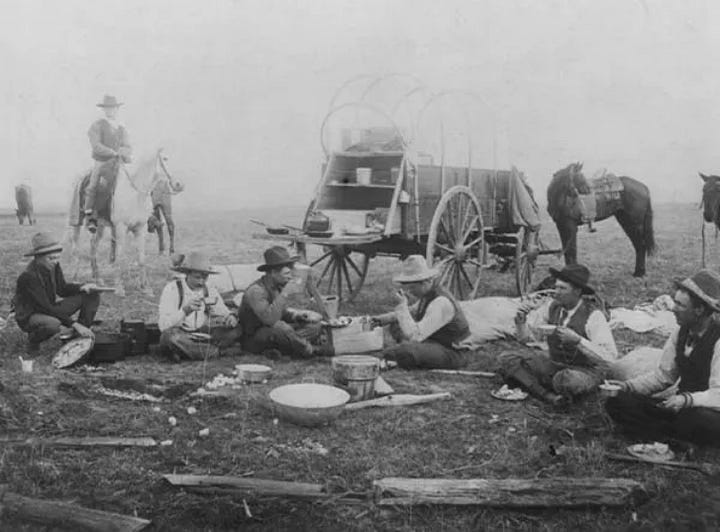
So, the ranchers hired young men who were good on a horse to do this work.
— war veterans, teenage boys, Mexican men and freed Blacks — about 35,000 in all.

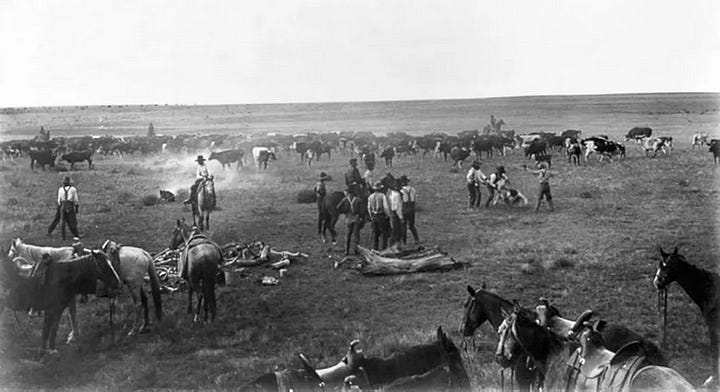
These are the men who became the cowboys of American legend.

They’d work in groups of ten on these cattle drives, moving herds of 3,000 animals fifteen miles a day.

The cowboy era ended around 1900, when barbed wire became widely available and people began using it to fence off their land, denying free access to the open range.

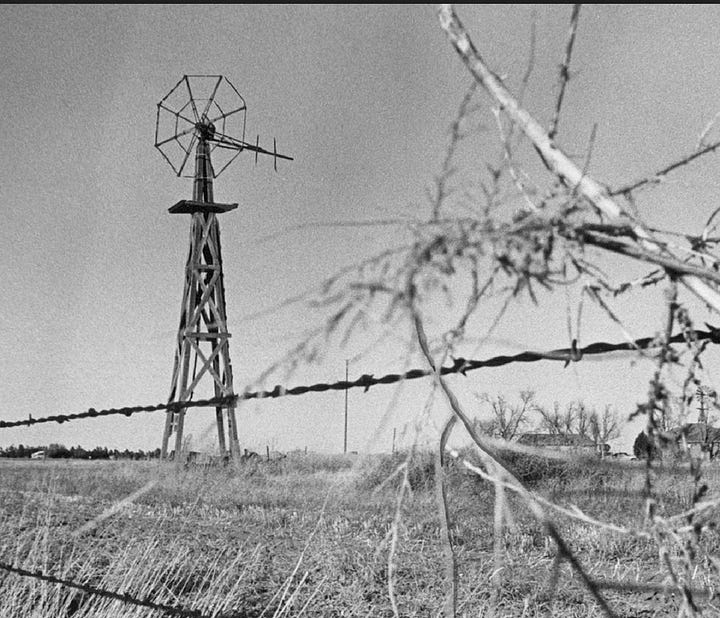
But, the stories from the trail have lived on in print, film, radio and television.



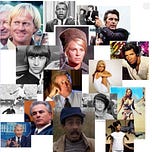

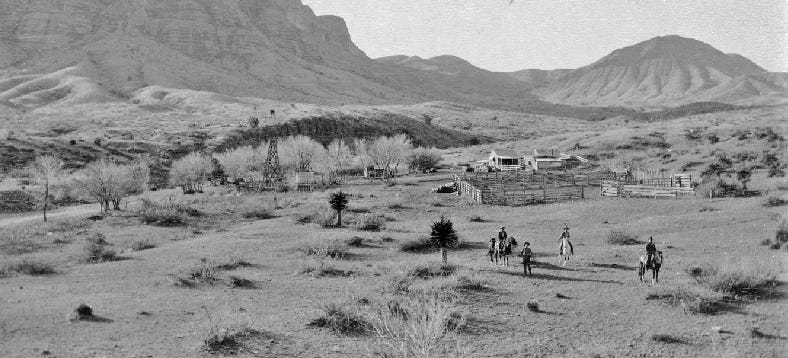











Share this post